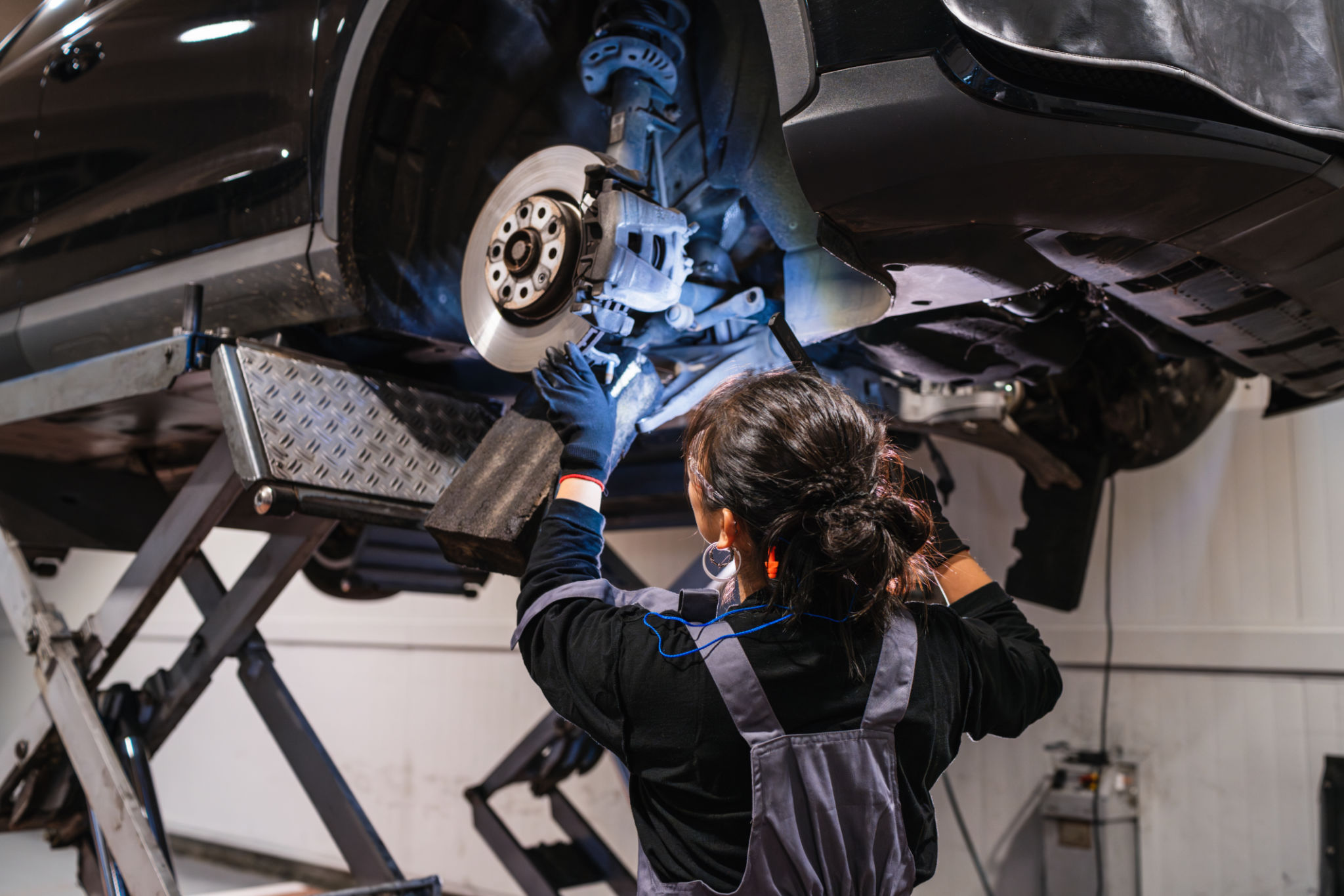A Step-by-Step Guide to DIY Vehicle Damage Assessment
Introduction to DIY Vehicle Damage Assessment
Assessing vehicle damage on your own can save you time and money, especially if you have minor dents or scratches. By understanding the basics of vehicle damage assessment, you can determine whether professional repair is necessary or if you can handle it yourself. This guide will walk you through a step-by-step process to assess your vehicle's damage effectively.

Gather Your Tools
Before diving into the assessment, make sure you have the right tools on hand. Essential items include a flashlight, a camera or smartphone for capturing images, a notepad or digital device for taking notes, and a measuring tape. Having these tools will help you document the extent of the damage accurately.
- Flashlight: Essential for inspecting hard-to-see areas.
- Camera/Smartphone: Useful for taking detailed photos.
- Measuring Tape: Helps in quantifying dents or scratches.
- Notepad: Keeps track of observations and measurements.
Initial Inspection and Documentation
Start by performing a thorough inspection of your vehicle in a well-lit area. Look for visible signs of damage such as dents, scratches, or paint chips. Use your flashlight to examine areas that might be in shadows. Take clear photos from different angles to document the damage thoroughly. This documentation can be useful if you decide to file an insurance claim or seek professional repair services later.

Assessing Dents and Scratches
Dents and scratches are among the most common types of vehicle damage. To assess dents, use your measuring tape to determine their size and depth. Minor dents that are shallow and less than a few inches in diameter might be fixable with DIY dent repair kits. However, deeper or larger dents may require professional attention.
For scratches, run your fingernail over the affected area. If your nail catches in the scratch, it might be too deep for a simple touch-up paint solution. In such cases, professional repainting might be necessary to restore the vehicle's appearance.
Evaluate Structural Damage
While minor cosmetic damage can often be addressed at home, structural damage is a different story. Check for any misalignments in the body panels or unusual gaps between parts. These could indicate underlying structural issues that need professional evaluation. It's crucial not to overlook these signs as they can affect the safety and integrity of your vehicle.

Decide on Repair Options
Once you've completed your assessment, it's time to decide on the best course of action. For minor damages like small dents or light scratches, consider using DIY repair kits available at auto stores. There are numerous online tutorials that can guide you through the process. However, if the damage is beyond your expertise or involves structural concerns, seeking professional repair services is advisable.
Remember that maintaining your vehicle's condition is not just about aesthetics but also safety. A well-assessed and repaired vehicle ensures that you and your passengers remain safe on the road.
Conclusion
Conducting a DIY vehicle damage assessment can empower you to make informed decisions about your car's maintenance and repairs. By following this guide, you'll be equipped with the knowledge to evaluate damages effectively and take appropriate action. Whether opting for a DIY approach or seeking professional help, understanding the extent of your vehicle's damage is always the first step towards resolution.